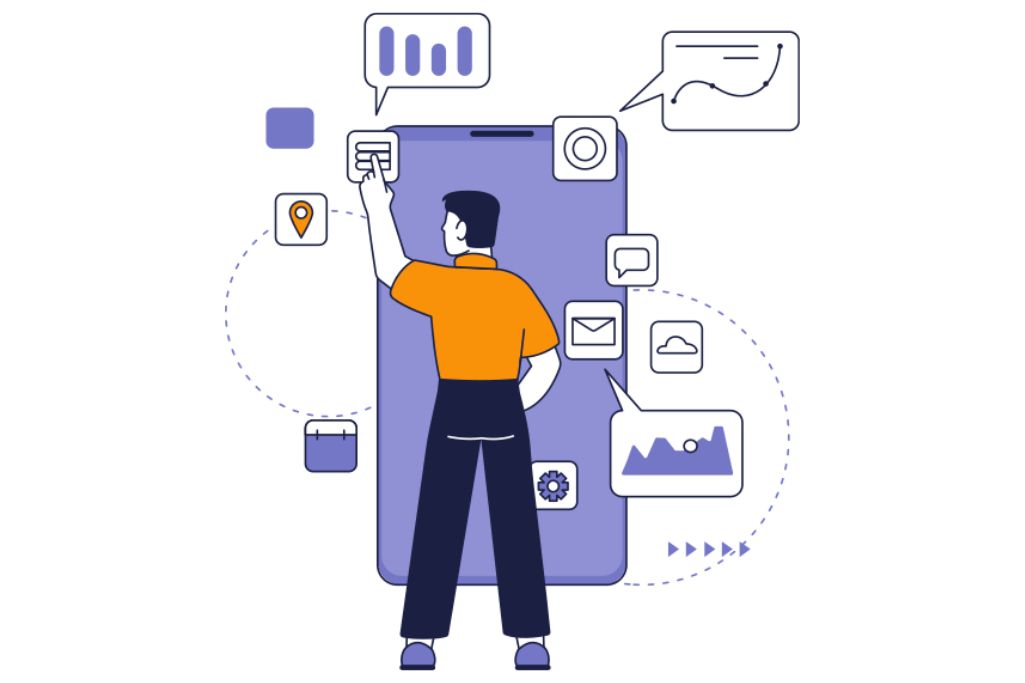Introduction
In the digital age, data has become one of the most valuable assets for businesses and individuals alike. As technology advances, so do the methods employed by cybercriminals. With the growing complexity of cyber threats, protecting sensitive information is critical. This is where Microsoft cybersecurity services come into play. As one of the leading providers of digital security solutions, Microsoft offers a range of tools and strategies designed to safeguard data in today’s increasingly hostile cyber landscape.
In this article, we’ll explore how Microsoft cybersecurity services protect your data and why they are essential for businesses, especially when paired with solutions like Windows Virtual Desktop partners.
The Evolving Cyber Threat Landscape
Before diving into the specific ways Microsoft helps protect your data, it’s crucial to understand the current cyber threat environment. Cyberattacks have become more frequent and sophisticated, ranging from ransomware attacks to phishing schemes and data breaches. These attacks can lead to devastating consequences, including financial losses, reputational damage, and legal ramifications.
Organizations need a robust cybersecurity strategy to protect their networks, and this is where Microsoft excels. With its advanced cybersecurity solutions, Microsoft ensures that businesses can operate safely, even in the face of ever-evolving cyber threats.
Microsoft Cybersecurity Services: A Comprehensive Approach
Microsoft cybersecurity services are designed to offer comprehensive protection for businesses, covering everything from identity management to threat detection and response. Here’s how they help safeguard your data:
Identity and Access Management (IAM)
One of the most significant vulnerabilities in cybersecurity is unauthorized access. Microsoft addresses this through its identity and access management tools, which include Azure Active Directory (Azure AD). Azure AD enables businesses to control who has access to their networks and data.
Multi-Factor Authentication (MFA) adds an extra layer of security by requiring users to verify their identities through more than just a password. This ensures that even if a password is compromised, the attacker will still be unable to access sensitive data.
Advanced Threat Protection (ATP)
Cyber threats are becoming more advanced, which requires equally sophisticated protection. Microsoft’s Advanced Threat Protection (ATP) helps detect and respond to threats before they can cause damage. This includes protection against malware, phishing attacks, and other forms of malicious activity.
Microsoft Defender, a key component of ATP, uses artificial intelligence and machine learning to identify and block threats in real-time. It continuously monitors systems for suspicious activity, helping to mitigate potential breaches before they escalate.
Data Encryption
Data encryption is another essential element of Microsoft’s cybersecurity strategy. By encrypting data at rest and in transit, Microsoft ensures that sensitive information is protected from unauthorized access, even if it is intercepted.
This is especially important for businesses that deal with large amounts of confidential data, such as customer information or intellectual property. With encryption, businesses can rest assured that their data remains secure, even in the event of a cyberattack.
Cloud Security
As businesses increasingly move their operations to the cloud, securing cloud environments has become more critical than ever. Microsoft’s Azure Security Center offers a unified view of your cloud infrastructure’s security, allowing you to monitor and manage your security posture effectively.
Azure Security Center helps businesses detect vulnerabilities in their cloud environments and offers recommendations to strengthen their defenses. It also integrates seamlessly with other Microsoft cybersecurity services, ensuring that your cloud infrastructure is protected from all angles.
Zero Trust Architecture
Microsoft adopts a Zero Trust approach to cybersecurity. The Zero Trust model operates on the principle that no entity, whether inside or outside the network, should be trusted by default.
This model ensures that every request to access a resource is thoroughly verified before access is granted. By employing this method, Microsoft reduces the risk of insider threats and ensures that any unauthorized attempts to access your data are blocked.
Windows Virtual Desktop Partners: Enhancing Security for Remote Work
In today’s world of remote work, the need for secure virtual desktops has grown exponentially. Microsoft’s Windows Virtual Desktop (WVD) provides a secure and flexible solution for businesses, enabling employees to access their work environments from any location without compromising data security.
Windows Virtual Desktop partners play a crucial role in helping businesses implement and manage these virtual environments. These partners work closely with Microsoft to ensure that your WVD setup is not only functional but also secure. By leveraging Microsoft cybersecurity services alongside WVD, businesses can protect their remote workers and ensure that sensitive data remains secure, no matter where employees are working.
Windows Virtual Desktop partners can also help businesses with compliance requirements, ensuring that their virtual environments meet the necessary security standards and regulations. This is especially important for industries like healthcare and finance, where data protection is paramount.
Continuous Monitoring and Response
Another key component of Microsoft cybersecurity services is continuous monitoring and response. With solutions like Microsoft Sentinel, a cloud-native security information and event management (SIEM) system, businesses can gain real-time insights into potential threats and vulnerabilities.
Sentinel analyzes large volumes of data to detect anomalies, offering actionable insights that can help prevent cyberattacks. This continuous monitoring ensures that businesses can stay ahead of cyber threats, reducing the risk of data breaches and other security incidents.
Conclusion:
In the age of cyberattacks, businesses cannot afford to take data security lightly. With the increasing frequency and sophistication of cyber threats, having a robust cybersecurity strategy is essential. Microsoft cybersecurity services provide businesses with the tools they need to protect their data, from identity management to advanced threat detection and response.
Additionally, by partnering with Windows Virtual Desktop partners, businesses can enhance their remote work security, ensuring that employees can work securely from any location. By investing in Microsoft’s comprehensive cybersecurity solutions, you can protect your data and maintain your organization’s security in the ever-evolving cyber landscape.



